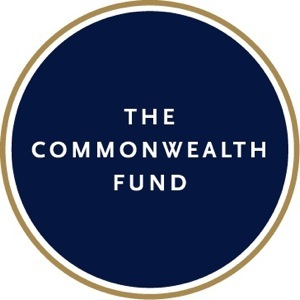You are looking at an archived version of our site. Please visit thepcc.org for a fresh, new experience!
You are here: Array » Model Suggests Power t ...
Model Suggests Power to Bend the Health Spending Curve
Efforts to "bend the curve" in national health spending are likely to be strengthened by the kind of results released by CareFirst's Blue Cross Blue Shield plan last week.
The insurer said its patient centered medical home program was able to lower 2013 costs for nearly 1 million enrollees by $130 million below projections. Over its first three years—2011 through 2013—it was able to save $267 million below projections.
Insurers claiming that they are using the model to save money is nothing new, of course. In effect, it's part of the way they market their services these days. It's also important to ask how realistic their projections of expected spending on the enrollees actually were in order to assess the savings results.
But the results drew praise from a high powered panel of independent experts at a forum on Capitol Hill. And the insurer says it is contracting for three different independent evaluations of its results by the George Mason Center for Health Policy Research and Ethics headed by former Clinton administration official Len Nichols; a team of researchers from Harvard, MIT, and Brandeis; and Westat.
The model described by CareFirst CEO Chet Burrell included the kind of payment incentives needed to persuade primary care to exercise much more care in what services they prescribe and who performs them.
The results were presented amid continuing hope on the part of budget analysts that much flatter trends in health spending seen in the past few years are going to continue, in part because doctors are beginning to pay more attention to the costs of the care and insurers are starting to figure out how to get them to do it.
The CareFirst model involves creating small teams of primary care providers called "panels" who are assigned a group of enrollees. The teams are given an annual target for total spending on the health needs of all the patients, not just for primary care but for specialists.
If care for the groups costs less than the target, the doctors and nurse practitioners on the team get a bonus. The bonuses are sizeable. A primary care doctor may get $30,000 more per year from the insurer. CareFirst said that on average the teams—typically of about 10 primary care providers—get an almost 35 percentage point increase in the fees they are paid if they meet savings targets, combined with points assigned for the quality of treatment.

Recent News
August 16, 2024
August 12, 2024
July 16, 2024
May webinar highlights: “The Commercial Market: Alternative Payment Models for Primary Care” Nate Murray explains w… https://t.co/KX9Wi2w6oY —
2 years 6 months ago
@CMSinnovates’ primary care strategy is rooted in a 2021 @theNASEM’s report which called #primarycare “foundational… https://t.co/glbPxvCysg —
2 years 6 months ago
@CMSinnovates has a new #primarycare strategy, envisioning “ACO-based primary care model tests that may focus on pr… https://t.co/aJGF1z411l —
2 years 6 months ago
- Page 1
- ››
Secondary menu
Copyright © 2024 Primary Care Collaborative



